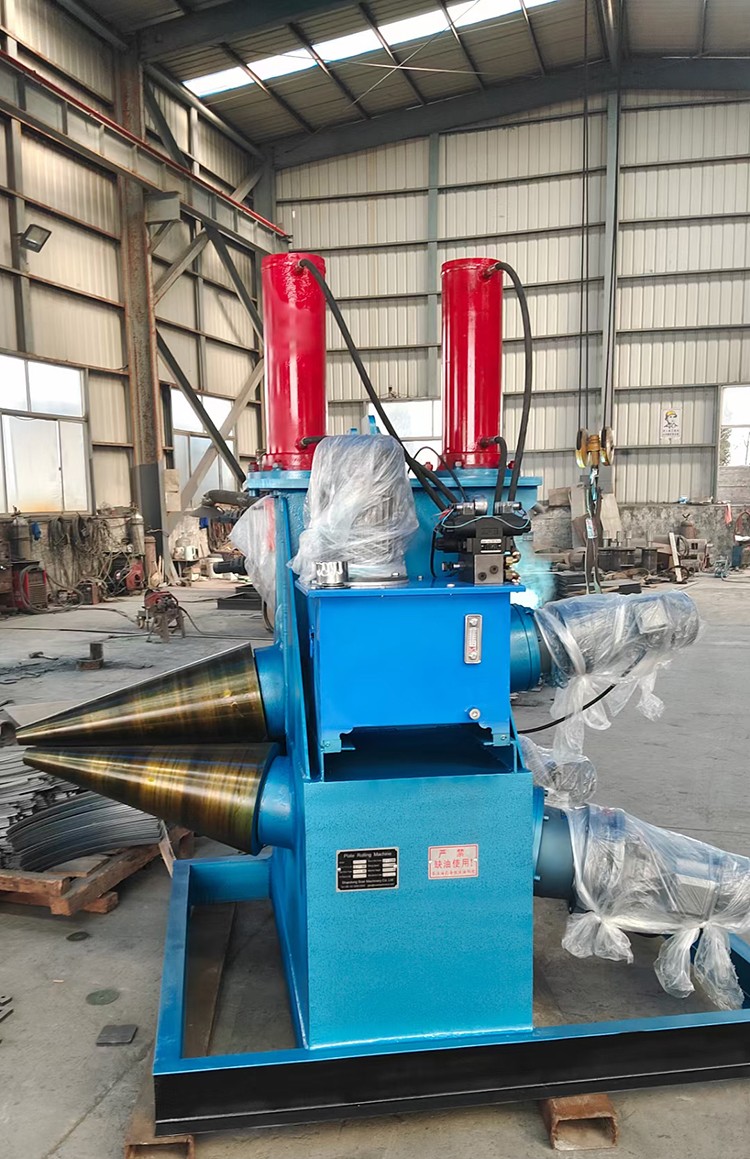

With over 10 years of professional experience in manufacturing cone rolling machine, we are the company to turn to. Here, we provide a comprehensive overview of the origins and historical evolution of cone rolling machine:

A cone rolling machine is a mechanical device used to roll metal sheets into conical or arc-shaped workpieces. It is widely used in fields such as boilers, chemicals, energy, and construction. Its development process reflects the evolution of industrial technology from manual operation to mechanization, automation, and finally to intelligence.
1. The early days of manual labor
Before the Industrial Revolution, metal sheet bending was mainly done by hand. Craftsmen would shape the metal by hammering and heating it, gradually forming it into a cone or arc shape. This method was inefficient, and the accuracy of the finished product depended entirely on the craftsman's experience, making it difficult to meet the demands of large-scale production.
At the end of the 18th century, with the invention of the steam engine and advances in metallurgical technology, the demand for metal processing skyrocketed, and manual methods gradually became unable to meet production requirements. During this period, some simple mechanical auxiliary tools began to appear, such as bending devices that utilized the principle of levers, but the concept of a true rolling cone machine had not yet been formed.
2. The birth and development of mechanical roll forming machines
In the mid-19th century, the Industrial Revolution reached its peak, and mechanical manufacturing technology advanced rapidly. The earliest mechanical roll forming machines appeared during this period, with core structures including roll shafts, pressure devices, and transmission systems. Operators manually or foot-operated the roll shafts to rotate, causing metal sheets to gradually bend and form under pressure.
At the beginning of the 20th century, the widespread use of electric motors ushered in the electric era for roll forming machines. Machines no longer relied on manual power, greatly improving production efficiency. At the same time, designs with adjustable roller spacing appeared, allowing the same machine to process metal plates of different thicknesses. Roll forming machines at this stage still required operators to manually control feeding and adjust parameters, but the physical demands on workers were significantly reduced.
3. Introduction of automation technology
In the mid-to-late 20th century, hydraulic technology and numerical control (NC) technology began to be applied to cone rolling machines. Hydraulic systems provided more stable pressure control, making the processing process more precise. Early NC cone rolling machines used punched paper tape or magnetic tape to store processing programs. Although programming was complex, it achieved preliminary automated production.
By the 1980s, computer numerical control (CNC) technology had completely transformed the way roll forming machines operated. Operators only needed to input processing parameters, and the machine would automatically complete the rolling process, achieving precision and repeatability far surpassing manual control. Roll forming machines at this stage were also equipped with sensors that could monitor sheet metal deformation in real time, reducing scrap rates.
4. Intelligence and future trends
Since the beginning of the 21st century, advances in artificial intelligence, the Internet of Things, and big data technology have driven the development of intelligent cone rollers. Modern intelligent cone rollers have the following characteristics:
Adaptive control: Adjust processing parameters through real-time feedback to adapt to different materials and thicknesses of sheet metal.
Remote monitoring: Operators can remotely manage equipment via the industrial Internet and obtain production data in real time.
Predictive maintenance: Sensors are used to monitor machine status, provide early warnings of potential faults, and reduce downtime.
In the future, cone rolling machine may further integrate 3D scanning and robotics to achieve fully automated loading and unloading and flexible production to meet the needs of small-batch, multi-variety manufacturing.
The history of the development of cone rollers is a microcosm of the transition of industrial technology from manual to digital intelligence. Each advancement has been accompanied by breakthroughs in materials science, mechanical engineering, and control technology. Today, intelligent cone rollers are reshaping the metalworking industry, and their evolution will continue to provide manufacturing with more efficient and precise solutions.
If you are interested in cone rolling machines, please contact us.
 Address:Room 1202, Detaitang Building, No. 118 Huaguang Road, Zhangdian District, Zibo, Shandong
Address:Room 1202, Detaitang Building, No. 118 Huaguang Road, Zhangdian District, Zibo, Shandong WhatsApp:+8615653328535
WhatsApp:+8615653328535 Wechat: +8615965331535
Wechat: +8615965331535  E-mail:zs@sdsmachinery.com
E-mail:zs@sdsmachinery.com